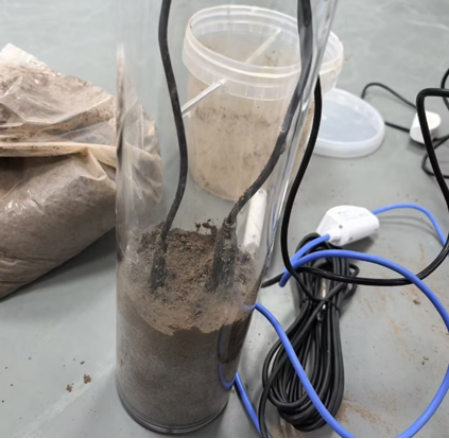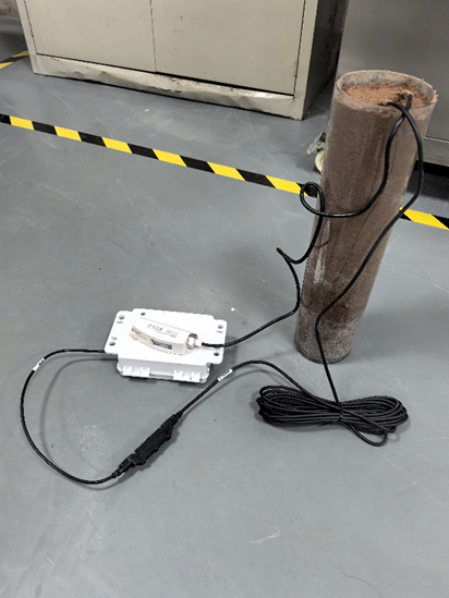How does WH51L performs?Updated 7 months ago
WH51L vs Decagon EC-5
Comparison Experiment Report
In order to verify the performance of WH51L soil moisture sensor in a dynamic environment, we do a comparison experiment with the scientific level precision soil moisture sensor decagon EC-5, focusing on the data consistency and stability of the two sensors with the evaporation of soil moisture as well as the differences in the applicable scenarios, which is intended to provide you with real and reliable reference for the performance of the product.
In this experiment, we mixed the sandy soil with water to ensure that the soil moisture was within the field water holding capacity. Then the well-mixed sandy soil was loaded into a cylinder container with a diameter of 10-12cm and a height of 40cm, and when it was loaded to a height of about 15cm, two sensors were inserted into the soil, and then the container was filled with the rest of the soil and make sure that the soil was as uniform and compact as possible.
In order to make the water evaporate faster, we cut holes symmetrically at the bottom of the cylinder container. To ensure the accuracy of the experiment, we made the line joining the two holes perpendicular to the line joining the two sensors. Because the lengths of the two sensor probes were not the same, to eliminate the effect of the difference in probe lengths, we adjusted the midpoints of the sensor probes to the same horizontal height.

Fig. 1 Overhead view of the two sensors' placement

Fig. 2 Adjust the height of both sensor probes so that the midpoints are at the same horizontal height

Fig. 3 Picture after filling
After the equipment was installed and placed in a stable indoor environment, the following data graphs were obtained after more than three months of experience:

Fig. 4 Changes in values of EC-5 and WH51L with evaporation of soil moisture
Overall, the changes in the two devices are consistent, with both EC-5 and WH51L measurements decreasing at an approximately linear rate during the initial phase; during the stabilization phase, the evaporation rate slows down and both data fluctuate with the same amplitude. In comparison, the EC-5 has a higher resolution and is more sensitive to data fluctuations in the low humidity range; the WH51L performs more consistently over the dynamic range.
Short-term deviations (Segments A/B) were due to human movement of the container, which briefly loosened the WH51L's probe in contact with the soil, resulting in a slight drop in data, which then recovered after a period of time, and this type of disturbance can be avoided in fixed installation scenarios in the field.